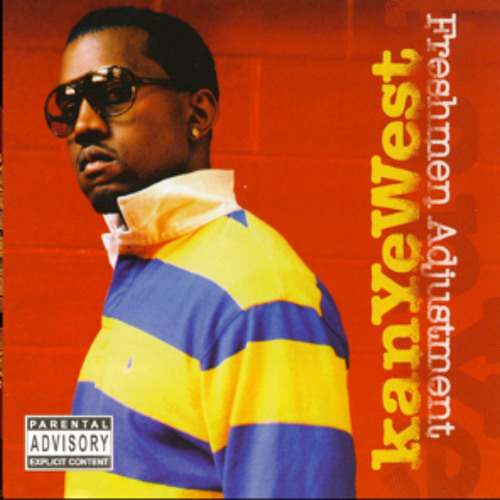

Being able to mono the lower part of a mix with the turn of a knob is satisfying, and is something that’s easy to hear and understand. As you switch between them, you’ll see them overlaid in the frequency display. Use EQ Eight’s Mode switch to select M/S, then use the Edit switch below it to select either mid or side mode. Should a deeper level of repairs be required, make use of EQ Eight’s mid/side processing – separating the common mono elements present in both channels from the unique stereo sounds present in the left/right channels, so you can EQ them separately. You’ll most likely be trying to bring a set of songs into line, rather than overly cutting or boosting frequencies, though that’s part of it too.

Remember, however, to rely on your ears, as every track is different. Apart from limiting, mastering usually involves equalisation, stereo imaging and compression, usually in that order.ĮQ can be visualised by looking at Live’s EQ Eight Frequency Display, which pops out into a convenient full-screen view.

That’s where working with reference tracks can come in handy you can see and hear how your tunes are matching up. Mastering modern rock and dance music typically involves squashing – losing some dynamics but increasing overall loudness. It definitely helps to have a vision, an opinion about how much you aim to compress or limit your audio. The technique of mixing and processing group tracks earlier in the process helps minimise the work required at the mastering stage. It’s how we like to do things if working on self-created material. After that, the most important thing is to remember to turn off warping. It is possible to master your tracks in Live using nothing but the Utility device, as described in the following tutorial. The final mixdownĪs a technical process, mastering needn’t be difficult. Mastering is especially important if the product in question is an album, EP or any collection of songs that might have to be brought into line so that they flow smoothly and without any unpleasant surprises or changes along the way. Mastering gives you a clean slate and more or less removes the temptation to keep tinkering with the individual elements of the mix. Mastering should take place in a separate project from the clips, plug-ins and other material that comprise the song. Mastering comes after the mix is finished and exported as a stereo file, and provides a producer’s last chance to process and optimise the overall mix. Surely with everything set, that’s enough? Not quite. You might wonder why there’s a separate stage after the mixing. Mixing is the process of finishing individual tracks and then adjusting equalisation, effects and levels to make the final product sound as good as possible. The group will present a much anticipated encore performance at Carnegie Hall on September 27th, 2019.Having covered mixing songs in Ableton Live in last month’s tutorial, we’re now moving onto mastering. PROMISE will be released on August 30, 2019. After winning the much coveted Album of the Year at both the ZMR Awards in New Orleans and the IMA Awards at the Lincoln Centre in NY, FLOW has returned to Imaginary Road Studios and have completed their new album PROMISE, produced by Will Ackerman and Tom Eaton.
#WHATS IT CALLED WHEN ALL SONGS ON AN ALBUM FLOW FULL#
After a full house debut at Carnegie’s Weill Recital Hall in 2017, FLOW celebrated the release of their multi-award winning album with a tour that began at New Orleans Jazz Museum, the ZMR Awards Concert and culminated at the Los Angeles Grammy Museum. A good example is the group FLOW, which includes none other than steel string guitarist WILL ACKERMAN, in a kind of New Age “supergroup.” Stephen Hill, Hearts of Space.įLOW came together out of friendship, a shared recording history and a passion for playing live and touring. “In the last few years, the New Age genre has seen a critical reconsideration, with carefully curated compilations of historical material, while both veterans and descendants of the genre are creating new music that merits serious attention.


 0 kommentar(er)
0 kommentar(er)
